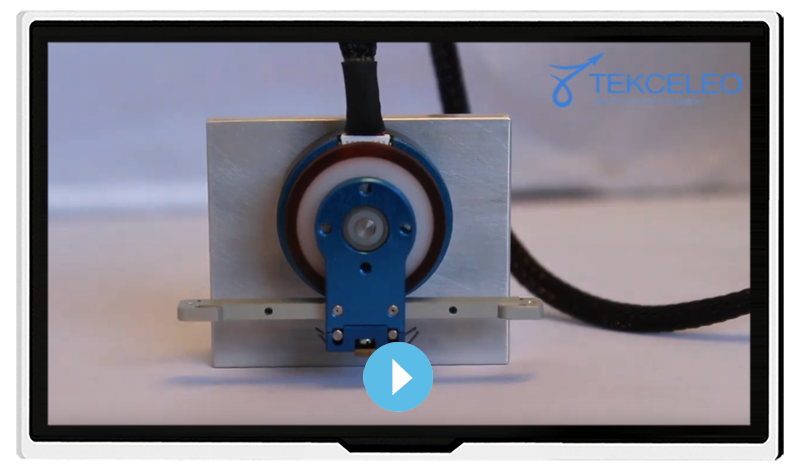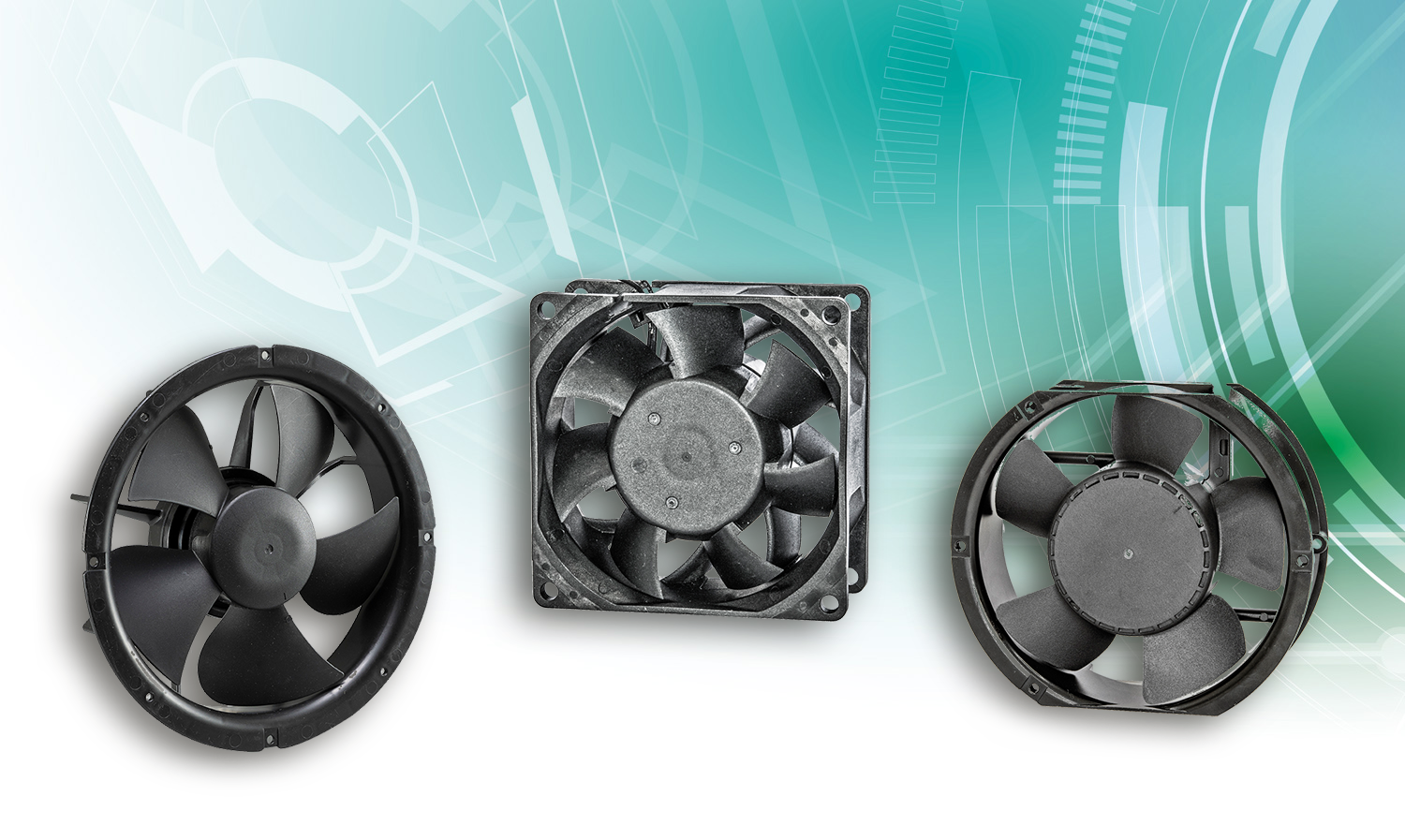Fans with EC motors have a number of positive characteristics. Firstly, they have a very high efficiency and
maintain this efficiency even at partial speeds. This means that in most cases they consume less than a third to
a half of the electricity used by the traditional shaded-pole induction motors used in the ventilation and
refrigeration industry, which in turn leads to lower operating costs and short payback times.
On the other hand, energy-efficient fans run "cool" and drastically reduce the waste heat generated. Lower waste
heat at the evaporator motor level usually also leads to lower consumption at the compressor level, which
enables further energy savings.
In addition, cooler operation extends the life of highly stressed motor parts
such as windings and bearings.
In addition, EC motors have a wider operating range than conventional induction motors. As a result, one EC
motor can replace a number of induction motors. In this way, the number of models required by a typical customer
is significantly reduced, which reduces and simplifies inventory. This is the main reason why the ECM product
ranges typically include fewer motor models than their induction counterparts.
Since the operation of the motor is controlled by software, EC motors allow the customer to optimise and
integrate the motor, fan and controller into the application, as well as integrate features such as data
communication, constant airflow control, variable speed, etc. EC motors are also quieter than conventional
inefficient motors, have a longer service life and require less maintenance.
Dynetics offers EC-based centrifugal and axial fans in several sizes and power supplies – with several options,
like IP-levels, connections und much more.
▪ ds
 Overview AC/EC fans
Overview AC/EC fans
 Catalogue Fans & Blowers
Catalogue Fans & Blowers


